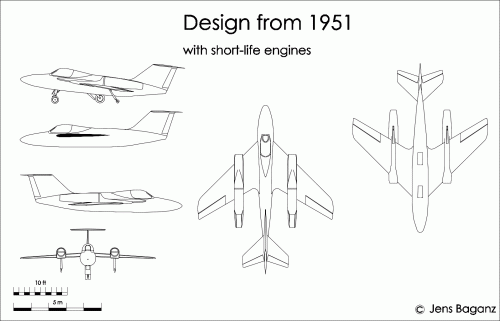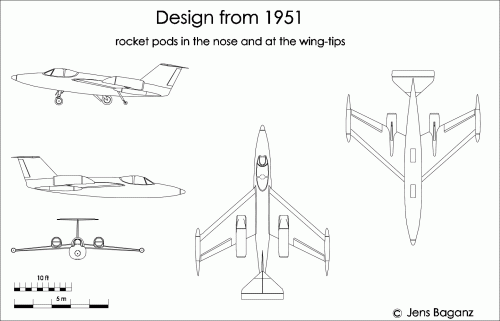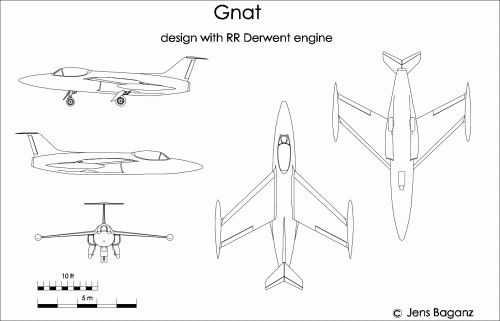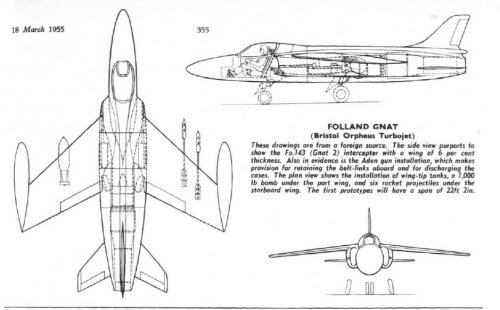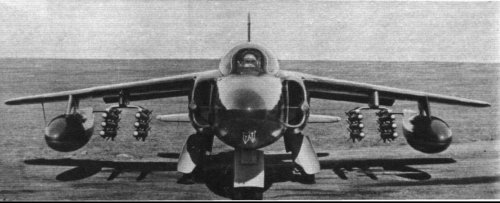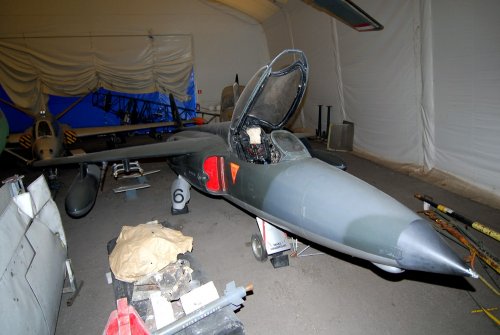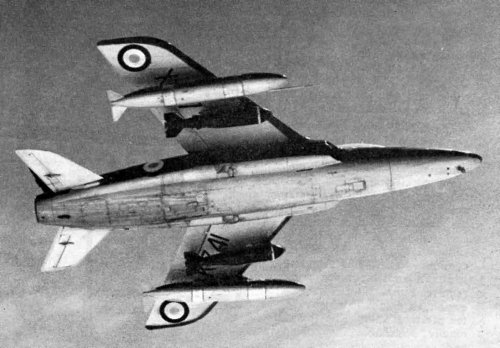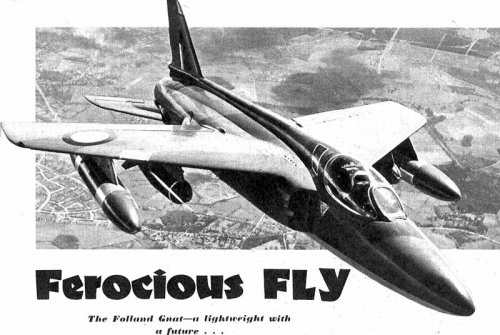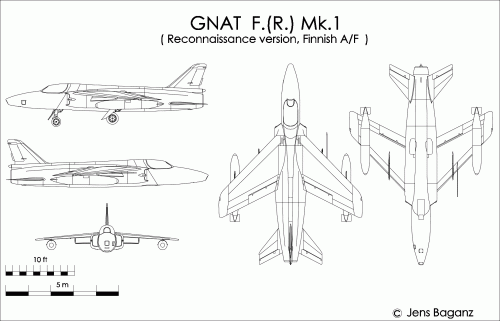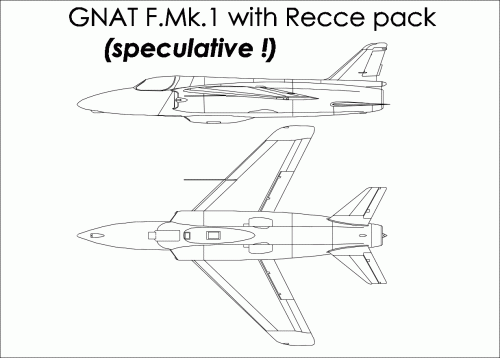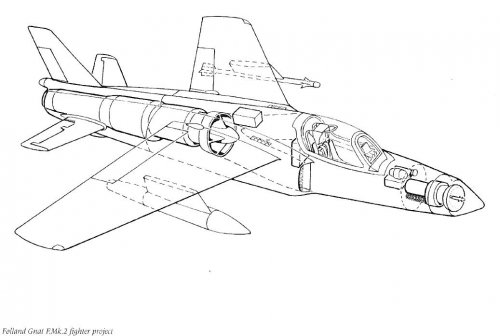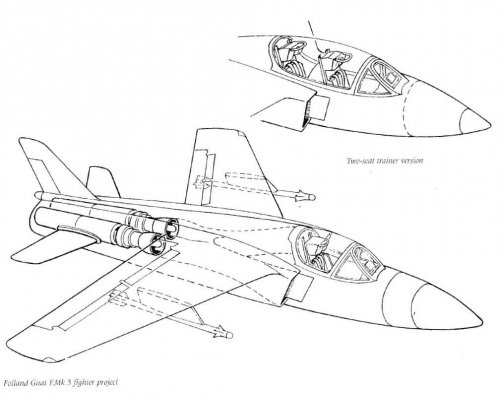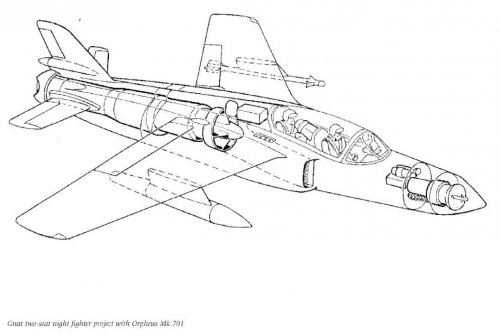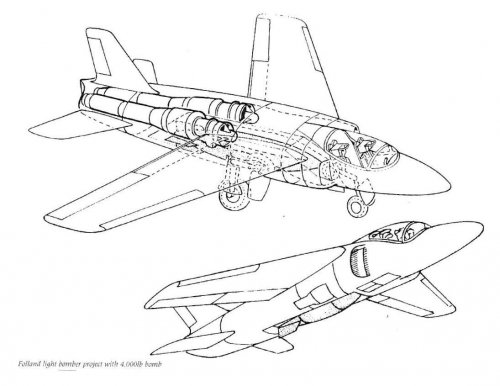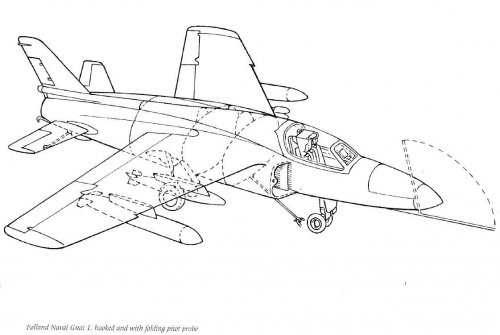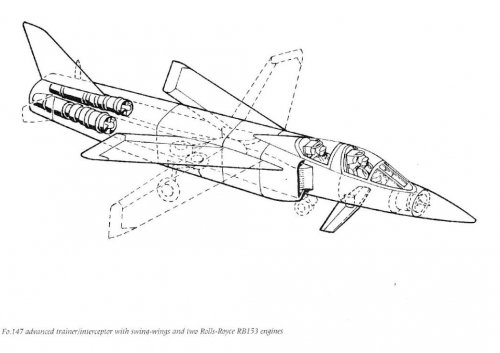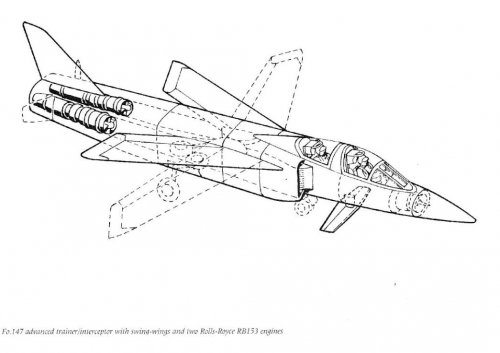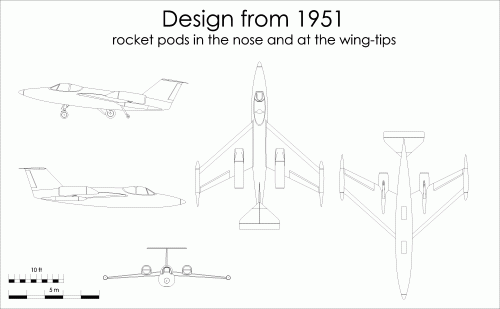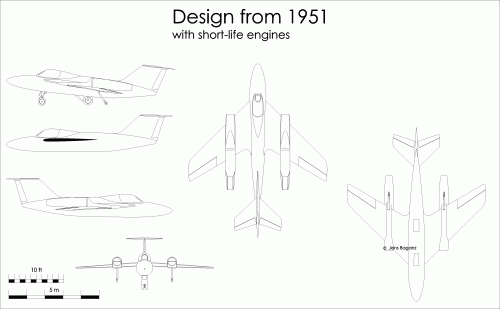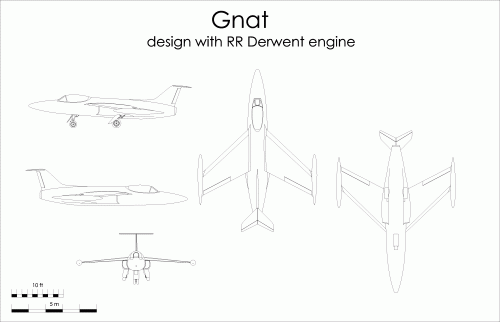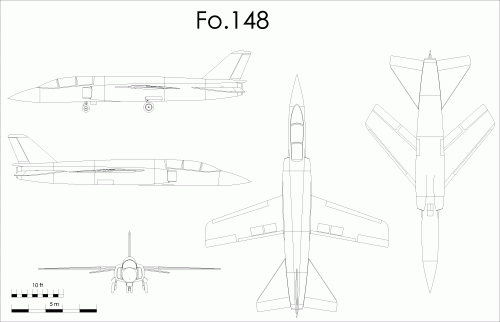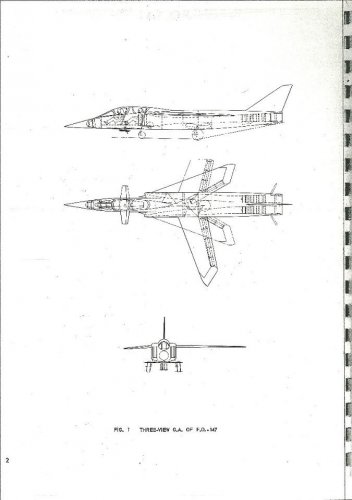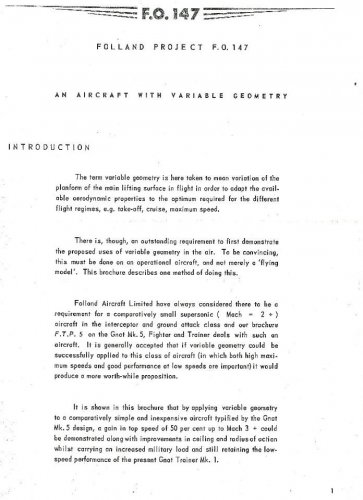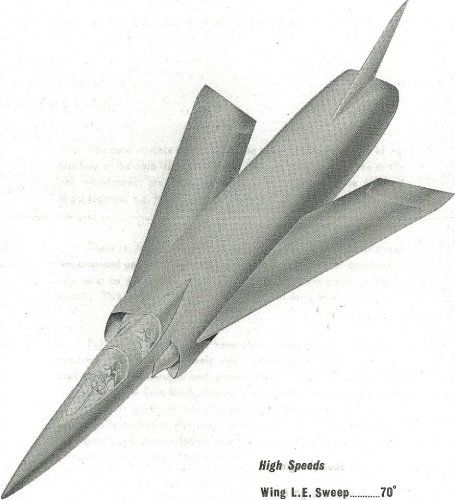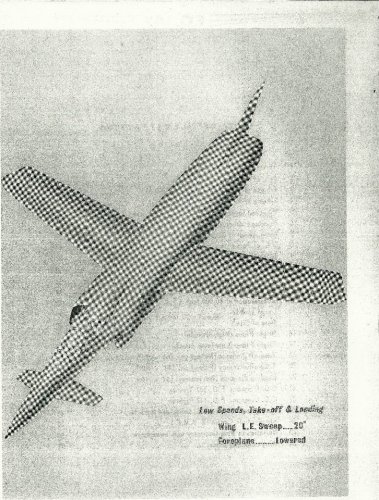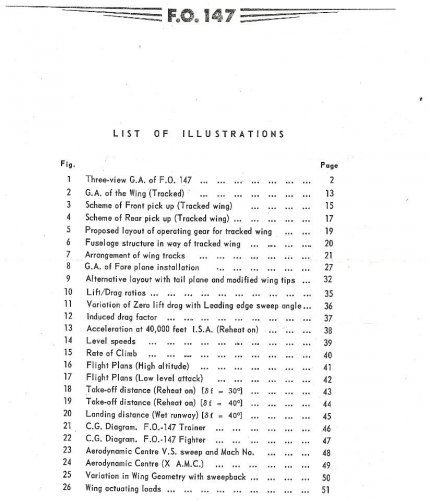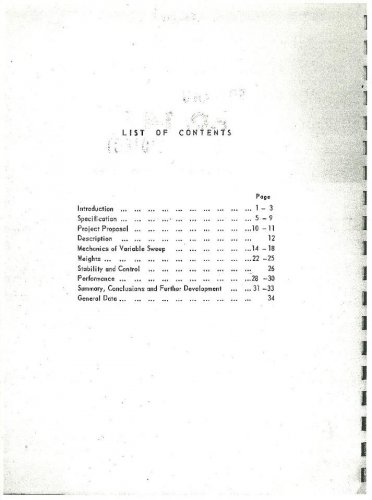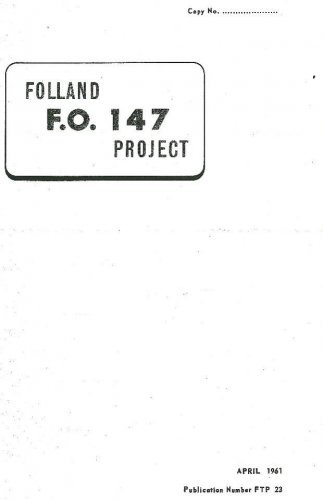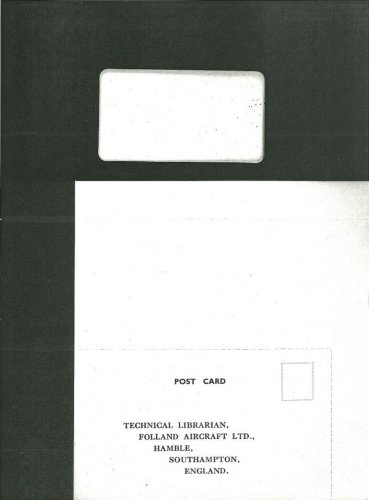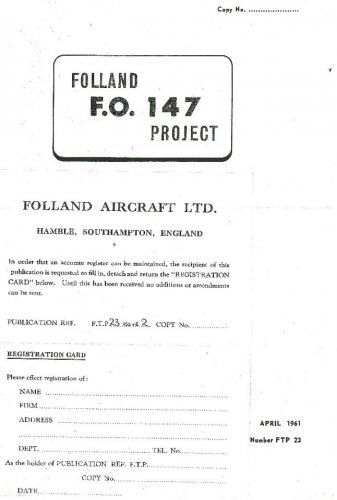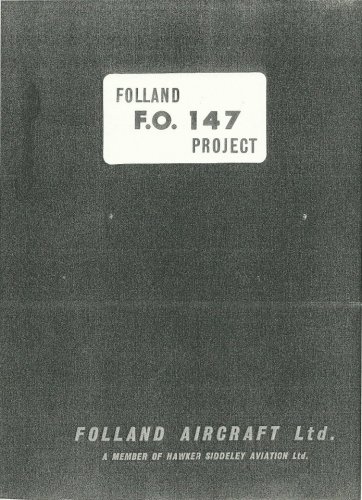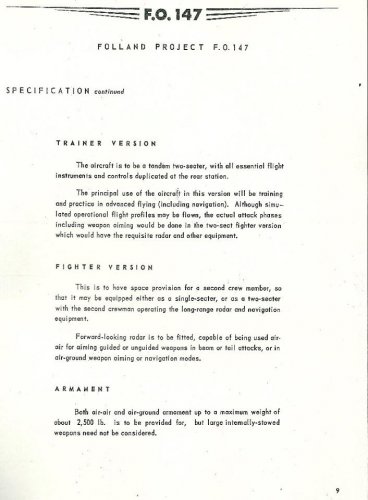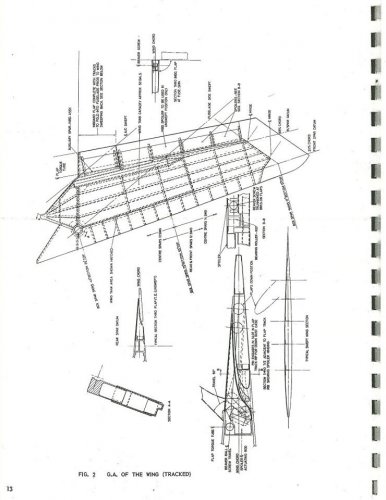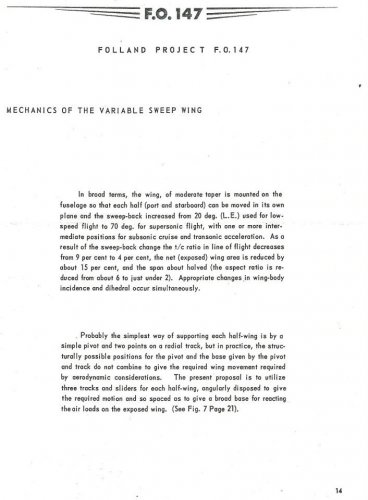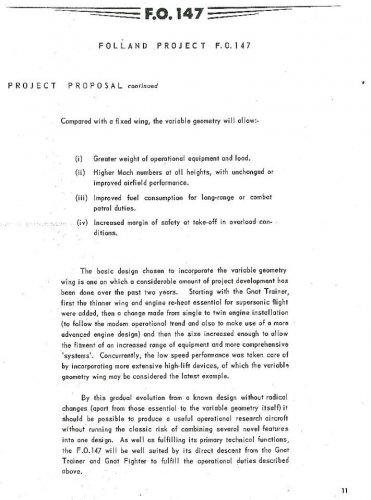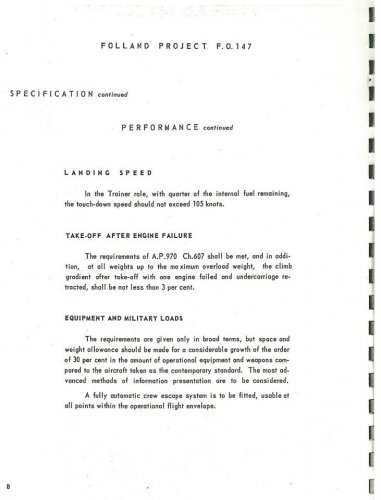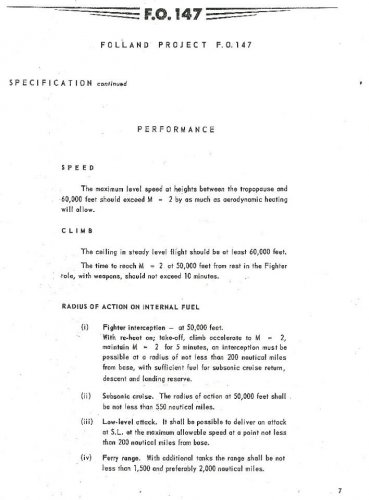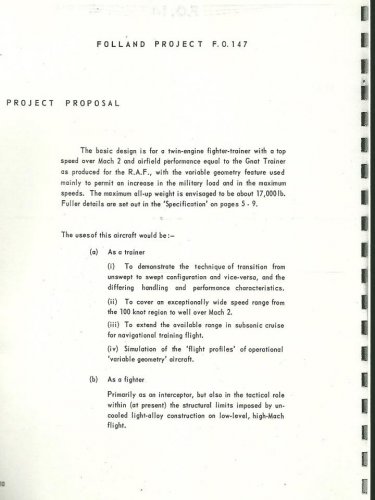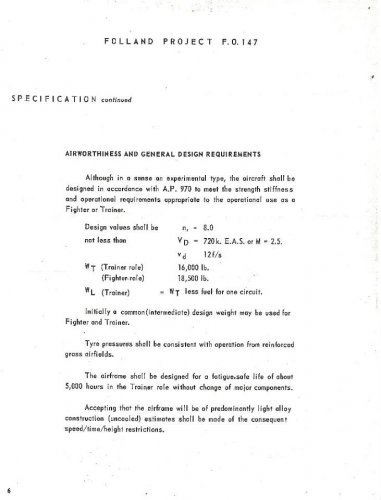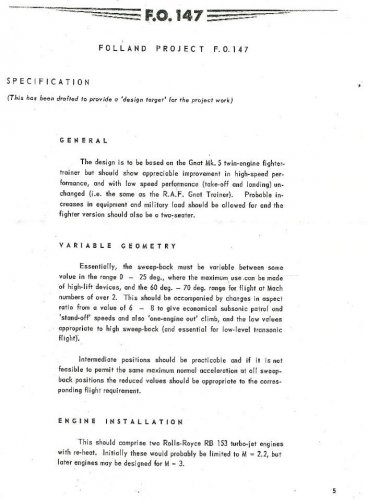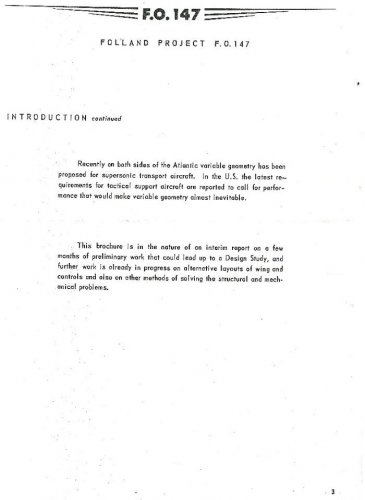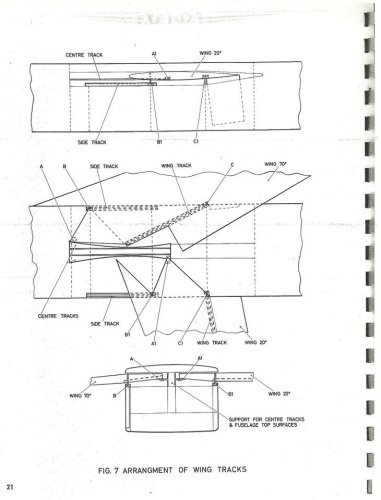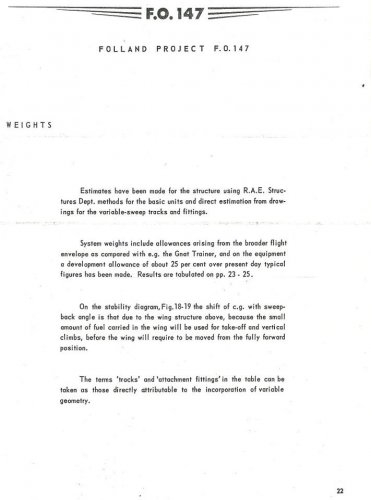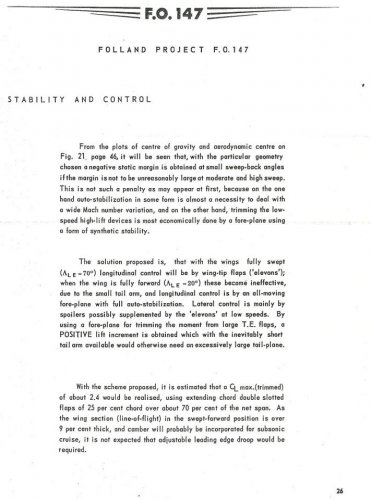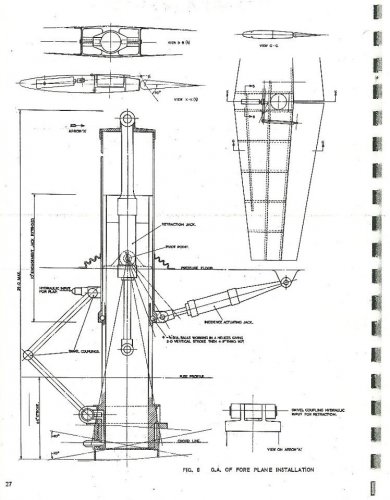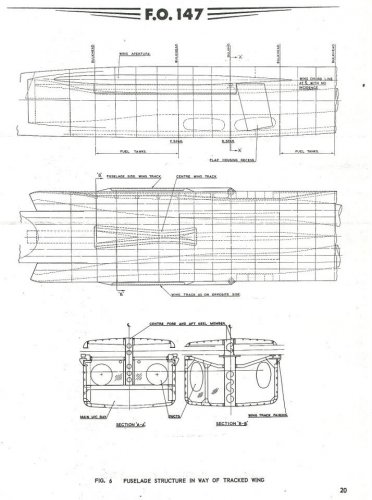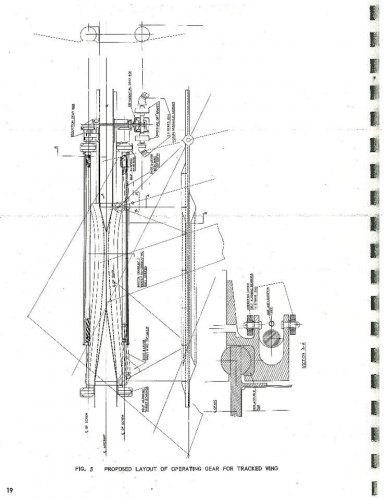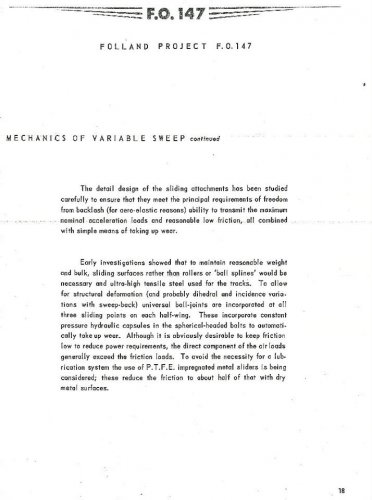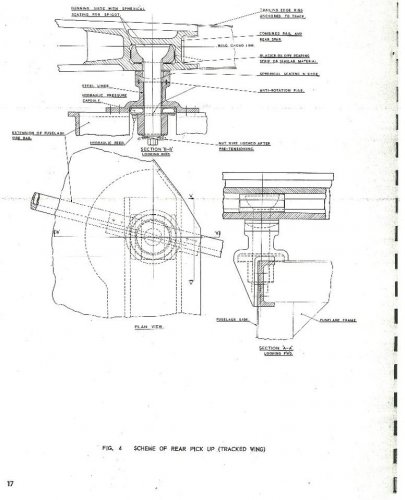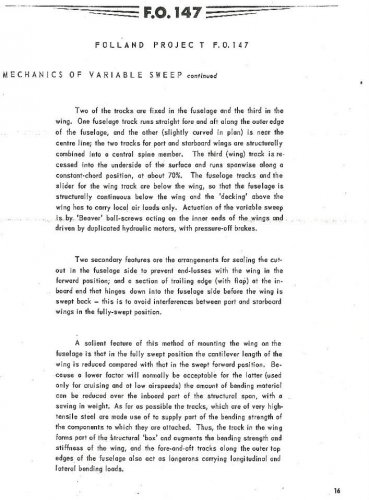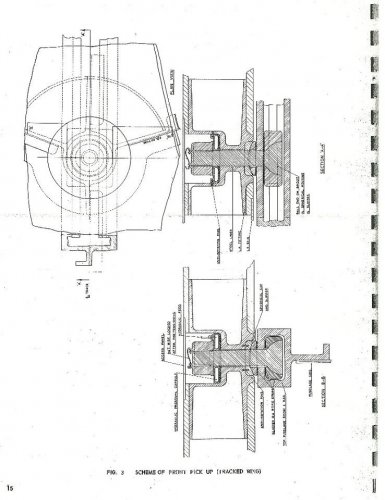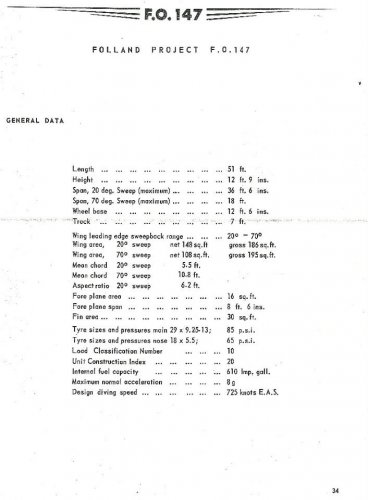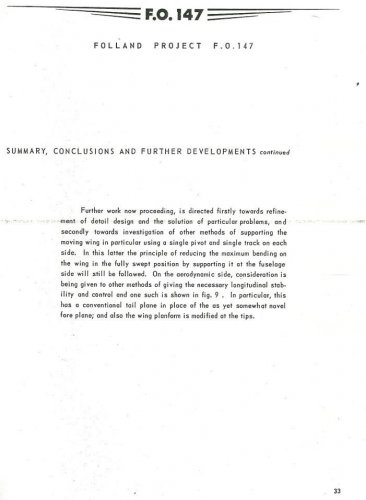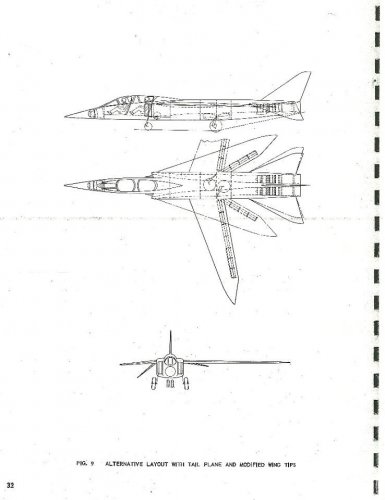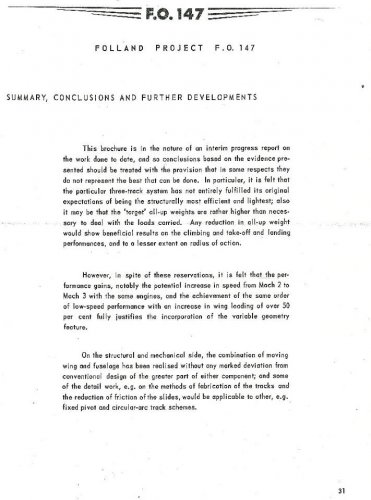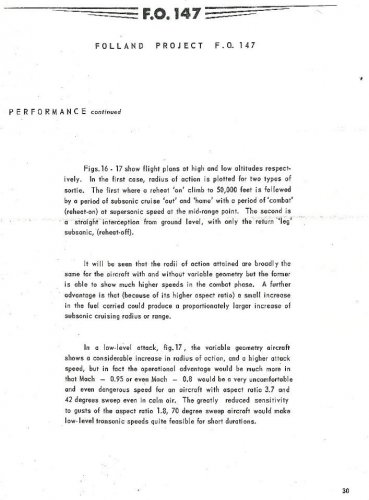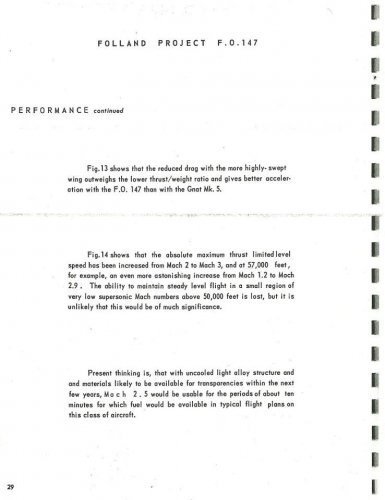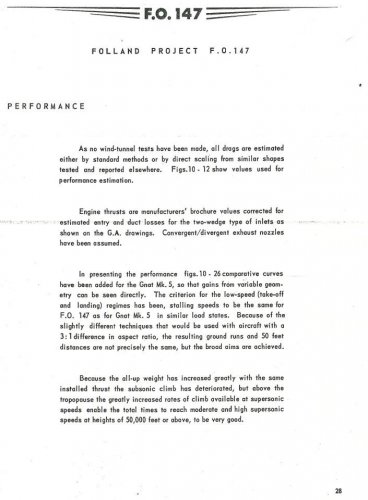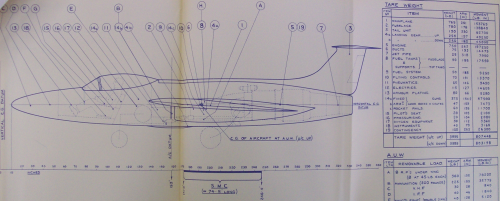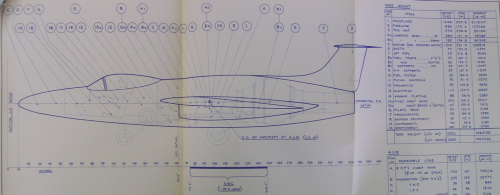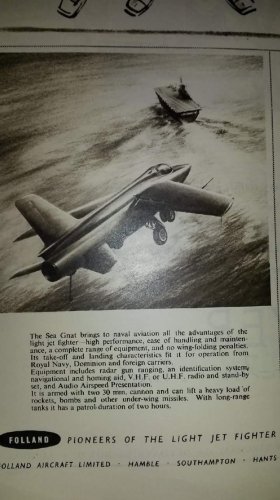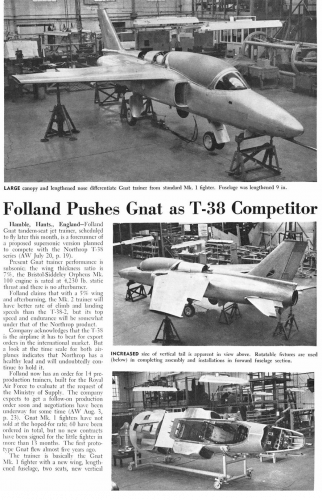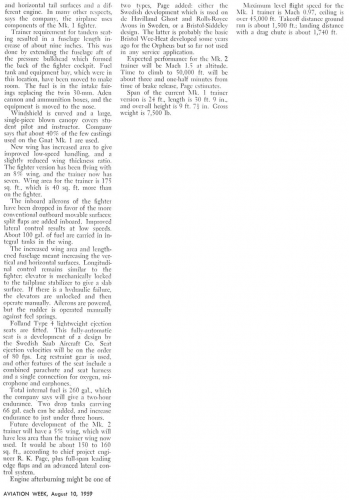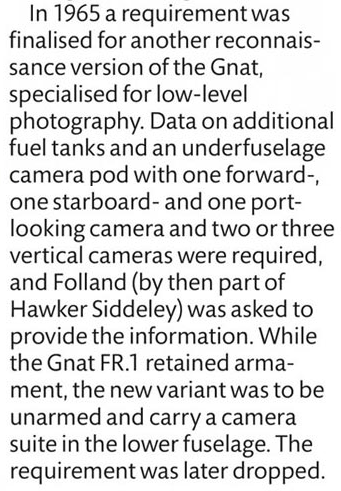- Joined
- 28 November 2006
- Messages
- 699
- Reaction score
- 637
I have just checked out in Tony Buttler's "British Secret Projects. Jet Fighters Since 1950" what is said about Gnat Marks 2-5. The book was published by Midland Publishing, which is an imprint of Ian Allen Publishing, so bearing in mind their over-sensitivity to the copyright issue I cannot simply quote the book. Instead I'll try to paraphrase it.
As for Gnat Mk.2, what differed it to the Gnat Mk.1 was thinner wing (6% compared to 8% of Mk.1), the Orpheus engine with afterburner with thrust of 5,750 lb (2,609 kG) and more internal fuel capacity.
The basic version of the Mk2 was to be armed with a pair of 30mm Aden guns, with possibility of carrying air-to-air unguided rockets (of unspecified type; my guess is that they would be 2" Microcell rockets that were used in Lightning and Sea Vixen) in EXTERNAL pods. Further modification would have a ranging-radar replaced with a true radar, probably Ferranti AI.23. According to the book the radar-equipped variant of Gnat Mk.2 would be designated Gnat Mk.2/4. "Another weapon choice was two Sidewinders" (hopefully they won't kill me for quoting the sentence).
The book gives some info on the aircraft's perfomance: it would have maximum speed of 858 mph (1,380 km/h), Mach 1.28 at 35,000 feet (10,668 m). Climb to 40,000 feet (12,192 m) - 2.7 minute (quite a good in my opinion). Span was to be 22.2 feet (6.8m) (there is no info on the plane's length). All-up weight was 7,865 lb (3,568 kg).
The Mk.4 would have even thinner wing (5%) of 160 square feet (14.9 m2). Its engine would be the Orpheus 6 (8000 lb/3629 kG thrust) or Orpheus 701.
The Mk.5 was to be the most advanced of the Gnat family, having two RB.153s giving with afterburner 5,000 lb (2,268 kG) each. Its maximum speed would be Mach 2.4, and all-up weight - 11,100 lb (5,035 kg). "The machine carried AI.23 radar and Firestreak or Sidewinder missiles". Tony Buttler maintains that "span and length were both 24 ft (7.3m)", which seems to me unlikely as for the length at least. I think that the span could have been such, but analizing the drawing of the Mk.5, I compared its length with that of the Firestreak missile, and concluded that the Mk.5's length was to be around 11.3 m, which sounds realistic.
Hope you'll find the above info interesting.
Best regards,
Piotr
As for Gnat Mk.2, what differed it to the Gnat Mk.1 was thinner wing (6% compared to 8% of Mk.1), the Orpheus engine with afterburner with thrust of 5,750 lb (2,609 kG) and more internal fuel capacity.
The basic version of the Mk2 was to be armed with a pair of 30mm Aden guns, with possibility of carrying air-to-air unguided rockets (of unspecified type; my guess is that they would be 2" Microcell rockets that were used in Lightning and Sea Vixen) in EXTERNAL pods. Further modification would have a ranging-radar replaced with a true radar, probably Ferranti AI.23. According to the book the radar-equipped variant of Gnat Mk.2 would be designated Gnat Mk.2/4. "Another weapon choice was two Sidewinders" (hopefully they won't kill me for quoting the sentence).
The book gives some info on the aircraft's perfomance: it would have maximum speed of 858 mph (1,380 km/h), Mach 1.28 at 35,000 feet (10,668 m). Climb to 40,000 feet (12,192 m) - 2.7 minute (quite a good in my opinion). Span was to be 22.2 feet (6.8m) (there is no info on the plane's length). All-up weight was 7,865 lb (3,568 kg).
The Mk.4 would have even thinner wing (5%) of 160 square feet (14.9 m2). Its engine would be the Orpheus 6 (8000 lb/3629 kG thrust) or Orpheus 701.
The Mk.5 was to be the most advanced of the Gnat family, having two RB.153s giving with afterburner 5,000 lb (2,268 kG) each. Its maximum speed would be Mach 2.4, and all-up weight - 11,100 lb (5,035 kg). "The machine carried AI.23 radar and Firestreak or Sidewinder missiles". Tony Buttler maintains that "span and length were both 24 ft (7.3m)", which seems to me unlikely as for the length at least. I think that the span could have been such, but analizing the drawing of the Mk.5, I compared its length with that of the Firestreak missile, and concluded that the Mk.5's length was to be around 11.3 m, which sounds realistic.
Hope you'll find the above info interesting.
Best regards,
Piotr



